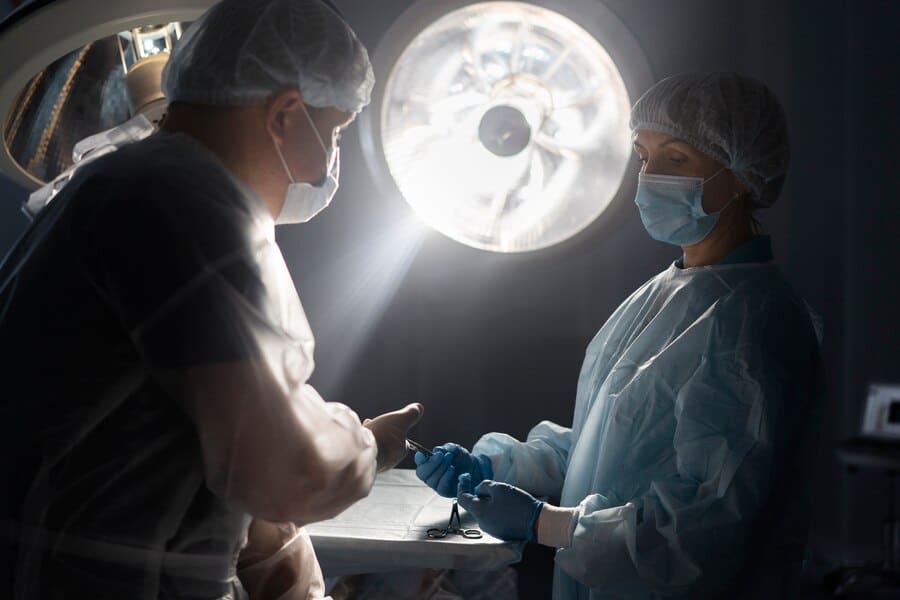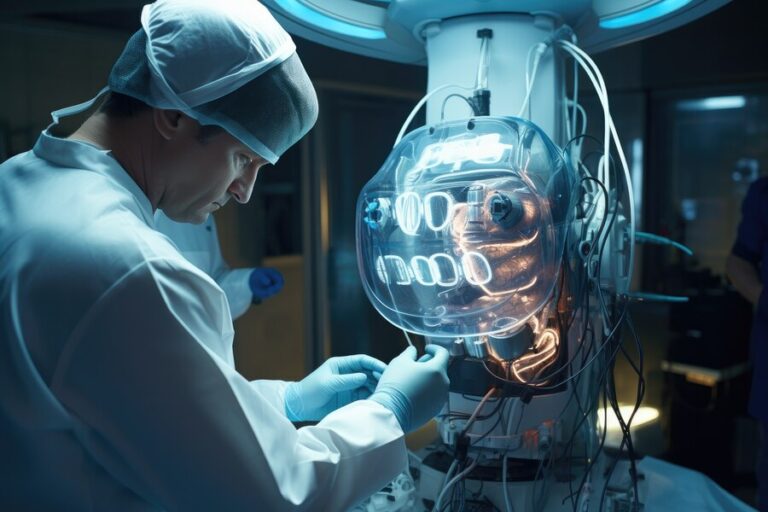In recent years, surgical robotics has emerged as a revolutionary advancement in the field of medicine, offering enhanced precision and improved patient outcomes. This innovative technology allows surgeons to perform complex procedures with greater accuracy and control, transforming traditional surgical practices. As hospitals and surgical centers increasingly adopt robotic systems, the benefits of this approach are becoming evident, leading to shorter recovery times and better overall patient experiences.
The Mechanics of Surgical Robotics

Surgical robotics involves the use of robotic systems to assist surgeons during operations. These systems typically consist of robotic arms equipped with specialized instruments that can be controlled by the surgeon from a console. The most widely recognized robotic surgical system is the da Vinci Surgical System, which provides surgeons with a three-dimensional view of the surgical site and allows for precise movements that exceed human capabilities.
Key Advantages of Robotic Surgery
- Enhanced Precision: One of the most significant benefits of robotic surgery is its unparalleled precision. Robotic arms can perform intricate maneuvers with sub-millimeter accuracy, minimizing the risk of errors and complications during delicate procedures. This precision is particularly crucial in surgeries involving sensitive areas such as the heart, brain, and reproductive organs.
- Improved Visualization: Robotic systems are equipped with high-definition cameras that provide magnified, three-dimensional views of the surgical field. This enhanced visualization allows surgeons to identify critical structures more easily and perform tasks with greater accuracy. The ability to see fine details in real-time significantly improves surgical outcomes.
- Minimally Invasive Techniques: Robotic surgery typically requires smaller incisions compared to traditional open surgery. These smaller incisions result in less tissue damage, reduced blood loss, and lower risks of infection. Patients benefit from less postoperative pain, quicker recovery times, and minimal scarring.
- Faster Recovery: Due to the minimally invasive nature of robotic procedures, patients often experience shorter hospital stays and a quicker return to their daily activities. Studies have shown that patients who undergo robotic surgery tend to recover faster than those who have traditional surgeries, allowing them to resume normal life sooner.
- Reduced Complications: The precision and control offered by robotic systems lead to fewer complications during surgery. This includes a reduced risk of blood loss and fewer instances requiring blood transfusions. Enhanced dexterity also allows surgeons to navigate complex anatomical structures more effectively.
- Versatility Across Specialties: Robotic surgery is applicable across various medical specialties, including urology, gynecology, cardiothoracic surgery, and general surgery. This versatility demonstrates the technology’s adaptability and effectiveness in treating a wide range of conditions.
Challenges and Future Directions
Despite its numerous advantages, surgical robotics does face challenges. High costs associated with purchasing and maintaining robotic systems can limit accessibility for some hospitals and patients. Additionally, there is a learning curve for surgeons transitioning from traditional techniques to robotic-assisted methods. Ongoing training and practice are essential for maximizing the benefits of this technology.As research continues to advance in this field, we can expect further innovations in robotic systems that enhance their capabilities and reduce costs. The integration of artificial intelligence (AI) into robotic surgery may also lead to improved decision-making processes during procedures.
Conclusion
Surgical robotics represents a significant leap forward in modern medicine, providing surgeons with enhanced precision and control while improving patient outcomes. The ability to perform minimally invasive procedures with greater accuracy not only reduces recovery times but also minimizes complications associated with traditional surgeries. As technology continues to evolve, surgical robotics will likely play an increasingly vital role in delivering high-quality healthcare.
FAQs
- What is surgical robotics?
Surgical robotics involves using robotic systems to assist surgeons during operations, enhancing precision and control over traditional surgical methods. - What are the benefits of robotic surgery?
Benefits include enhanced precision, improved visualization, minimally invasive techniques, faster recovery times, reduced complications, and versatility across various medical specialties. - How does robotic surgery improve visualization?
Robotic systems are equipped with high-definition cameras that provide magnified three-dimensional views of the surgical site, allowing for better identification of critical structures. - Are there any risks associated with robotic surgery?
While robotic surgery generally has fewer complications than traditional methods, potential risks include equipment malfunction or challenges related to surgeon experience with the technology. - How long does recovery take after robotic surgery?
Recovery times vary depending on the procedure but are generally shorter than those associated with traditional open surgeries due to less tissue damage. - Is robotic surgery available for all types of surgeries?
While many procedures can be performed robotically, not all surgeries are suitable for this approach; it is most commonly used in urology, gynecology, cardiothoracic surgery, and general surgery.

